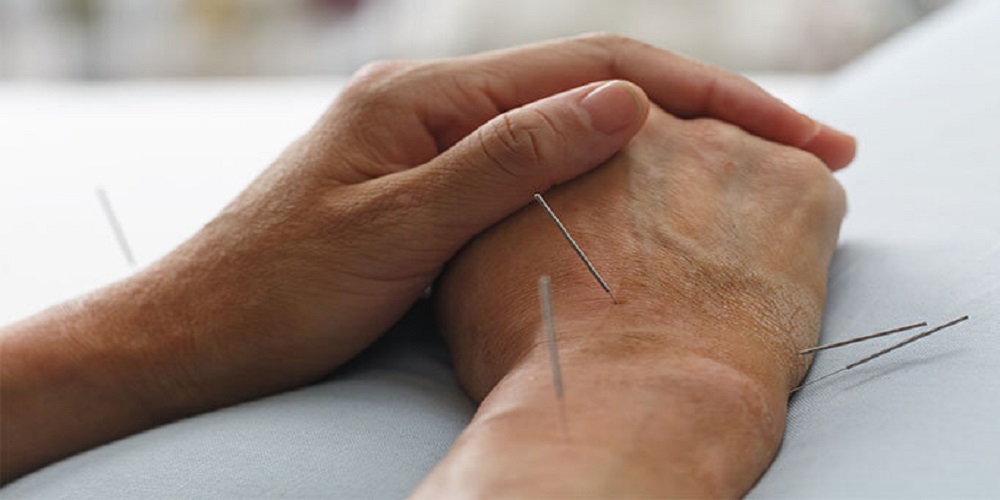What Is Acupuncture and How Does it Work
Dealing with chronic pain, muscle stiffness, or headaches is difficult. Many people have sought different treatments in search of relief but may not have found it. This may have led to frustration and distress as you seek alternative treatment options. Acupuncture can be an excellent way to reduce your pain and live a healthier. Here we will discuss What Is Acupuncture and How Does it Work
If you’re struggling with chronic pain or discomfort, acupuncture may be a good solution. Acupuncture can offer relief for people dealing with arthritis, migraines, nerve problems, and more. In addition, it can potentially help with a range of other concerns, providing patients with a number of benefits.
But what is acupuncture, and how does it work? Let’s demystify the process and help you better understand this treatment option.

Acupuncture Defined
Acupuncture is a form of ancient Chinese medicine dating back thousands of years. Practitioners insert thin needles into the skin at certain points of the head, back, neck, and other locations. The aim is to stimulate certain points to help relieve pain.
What Does Acupuncture Treat?
Acupuncture can treat a range of issues, including:
- Headaches and migraines
- Back pain
- Sports injuries
- Knee pain
- Arthritis
- Nerve discomfort
- Menstrual cramps
How Does Acupuncture Work?
Acupuncture works via needle insertion. Your skin constricts around the needle once the acupuncturist inserts it into the skin. This constriction helps to send a signal to your nervous system, which can produce different effects, including releasing certain natural chemicals (such as endorphins) and improving immune system responses.
Patients can receive one of several forms of acupuncture. Traditional acupuncture, for example, focuses on directing “qi,” or energy, through your body, while modern acupuncture incorporates practices from Western medicine.
When you go to your first appointment, your acupuncturist will first take the time to discuss your condition with you. Once they have a better idea of your needs, they’ll determine where to insert the needles. Needle insertion may vary from relatively shallow to several inches deep. Your acupuncturist will likely leave the needles in place for several minutes before removing them.
Acupuncture comes with minimal pain; you may feel a small prick from the needles, along with some tingling or minor aches. You may also feel extremely relaxed after your treatment, so it’s beneficial to arrange a ride home beforehand.
What Are the Benefits of Acupuncture?
Acupuncture is particularly effective for relieving pain. Many people who have received acupuncture treatments report having less pain in their day-to-day lives, whether they deal with chronic migraines or arthritis.
While pain relief is acupuncture’s main benefit, studies have shown that it may help other conditions, as well and can even strengthen immune responses and address fertility issues.
Learn More by Contacting Dr. Courtney Holmberg, ND
Acupuncture can be an excellent way to reduce your pain and live a healthier, happier life. It’s an incredibly beneficial treatment that can help with a range of concerns, from chronic migraines to sports injuries. If you’d like to request acupuncture treatment
